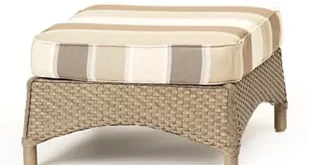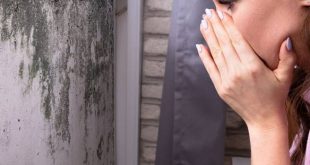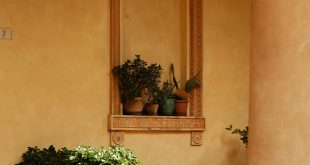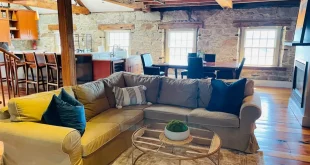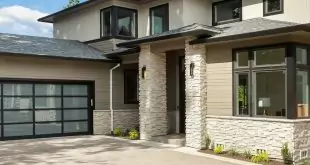If you’re considering cladding your home then you’ve probably already looked at the vast array of types of cladding for houses currently on the market.
It’s important to choose the one that appeals to you the most and that fits with your neighborhood, as well as any local planning regulations.
However, once you’ve decided which siding or cladding is right for you, there’s another thing you’ll need to consider. Do you get standard cladding, or do you pay the extra for insulated cladding?
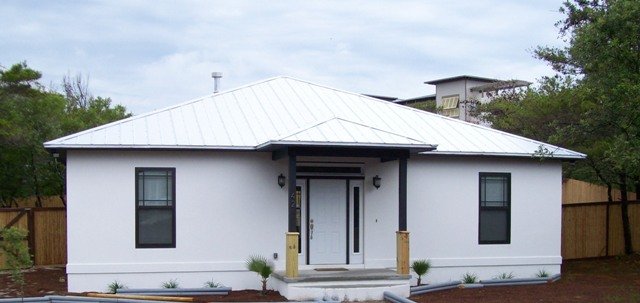
What Is Insulated Cladding?
Insulated cladding is simply vinyl cladding with a solid foam backing attached to it. This fills the gap between the cladding and the wall of your home, effectively helping to keep warm, or cool, air inside your home.
The solid foam also makes the boards stiffer which ensures they are less likely to warp or move over time.
In essence, it would make sense to use insulated vinyl cladding. However, it is considerably more expensive than standard vinyl cladding, which may leave you questioning whether it is really worth it or not.
The Reason For The Increased Cost
Vinyl cladding has an outer skin of polyvinyl chloride, insulated cladding has expanded polystyrene behind it which is fitted to the panel and has a groove at the top, allowing the insulation from the board above to slot into place and create complete coverage of your home.
The result is an extra layer of insulation that will help to maintain the temperature in your home for less cost. Unfortunately, research questions whether this is an effective approach. In fact, the additional insulation may not save you as much money as the extra cost to fit it.
If you’re planning on staying in your home for a long time you’ll probably see a return on your investment. If you’re only short-term this seems much less likely.
Of course, the fact that the boards are much more rigid and there is no gap between them and the house walls will mean that your house is better protected from debris, or even footballs.
The major downside of this is that the cost is between 20% and 50% higher than standard cladding. This is all about the product, the installation costs are effectively the same as the installation process is identical.
There is one more bonus when using insulated cladding, it will help to reduce noise infiltration in, or out, of your home. This could be a valuable consideration if you live in a noisy neighborhood.
Damp
It should be noted that some owners worry about the heat buildup between the cladding and the house, potentially creating a damp environment which could cause issues for your home.
Fortunately, this is not an issue, cladding s generally very effective at reflecting heat, maintaining a cool temperature in the foam layer, which won’t attract water or damp and shouldn’t cause an issue for your home.
In short, if you can justify the additional cost insulated cladding is not a bad investment. You just need to decide if it is the right option for you.
 World inside pictures Collect and share the best ideas that make our life easier
World inside pictures Collect and share the best ideas that make our life easier
